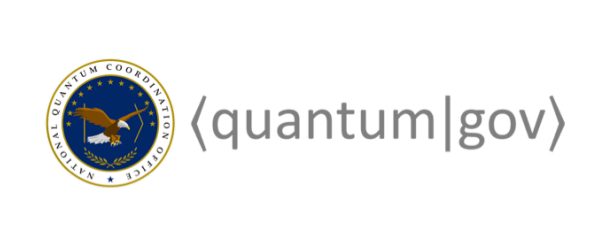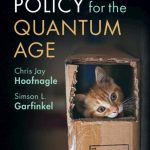A ‘Quantum Wish” for World Quantum Day

(Quantum.gov) Charles Tahan is a quantum physicist in Washington, DC, and the Director of the National Quantum Coordination Office at the Office of Science and Technology Policy. Tahan has written this essay on “A Quantum Wish” to describe his wishes and challenges for quantum education as World Quantum Day is coming: April 14, 2022.. IQT-News summarizes.
The National Q-12 Education Partnership is working to bring quantum to K-12 education and beyond in the United States. The goal is to team quantum companies and professional societies with educators and government to develop and then expand access to K-12 quantum learning tools, inspiring the next generation of quantum leaders and ensuring educators have the support needed to bring quantum into the classroom.
Tahan reminds us that a Ph.D. in physics is not necessary to become comfortable with the core concepts of quantum information science, but most of the challenges in building a quantum computer and figuring out what to do with it do require years of training. I hope that learning the basic concepts behind QIS will serve as a gateway, steering students to undertake the learning required to become a quantum chip designer, or a semiconductor physicist, or an expert in developing chemistry algorithms for quantum computers to tackle.
Games are one way to make quantum effects as familiar as gravity. But how do you visualize something as complex as a large quantum computer? Physicists take many different approaches; none are good enough to inspire the next generation.
Tahan’s wishes and challenges are: “You visit a new exhibit at a local or virtual museum on industries of the future. In the quantum corner, after learning some QUANTUM INFO 101, you can begin to meet some of the amazingly diverse people and technologies in the field. You then approach the capstone experience: “SEE A QUANTUM COMPUTER FROM THE INSIDE.” You and your daughter are each given a single-button device labeled QUBIT. Each visitor then represents a single qubit. You are told that the number of qubits present will affect what goes on inside the computer, and that getting closer to or farther from other qubits will cause them to interact and become entangled according to the laws of quantum mechanics. Pushing the button manipulates and “measures” your qubit. You enter the doorway.”
Learn more about the National Quantum Initiative at https://www.quantum.gov/ and about the Q-12 Education Partnership at https://q12education.org/



















